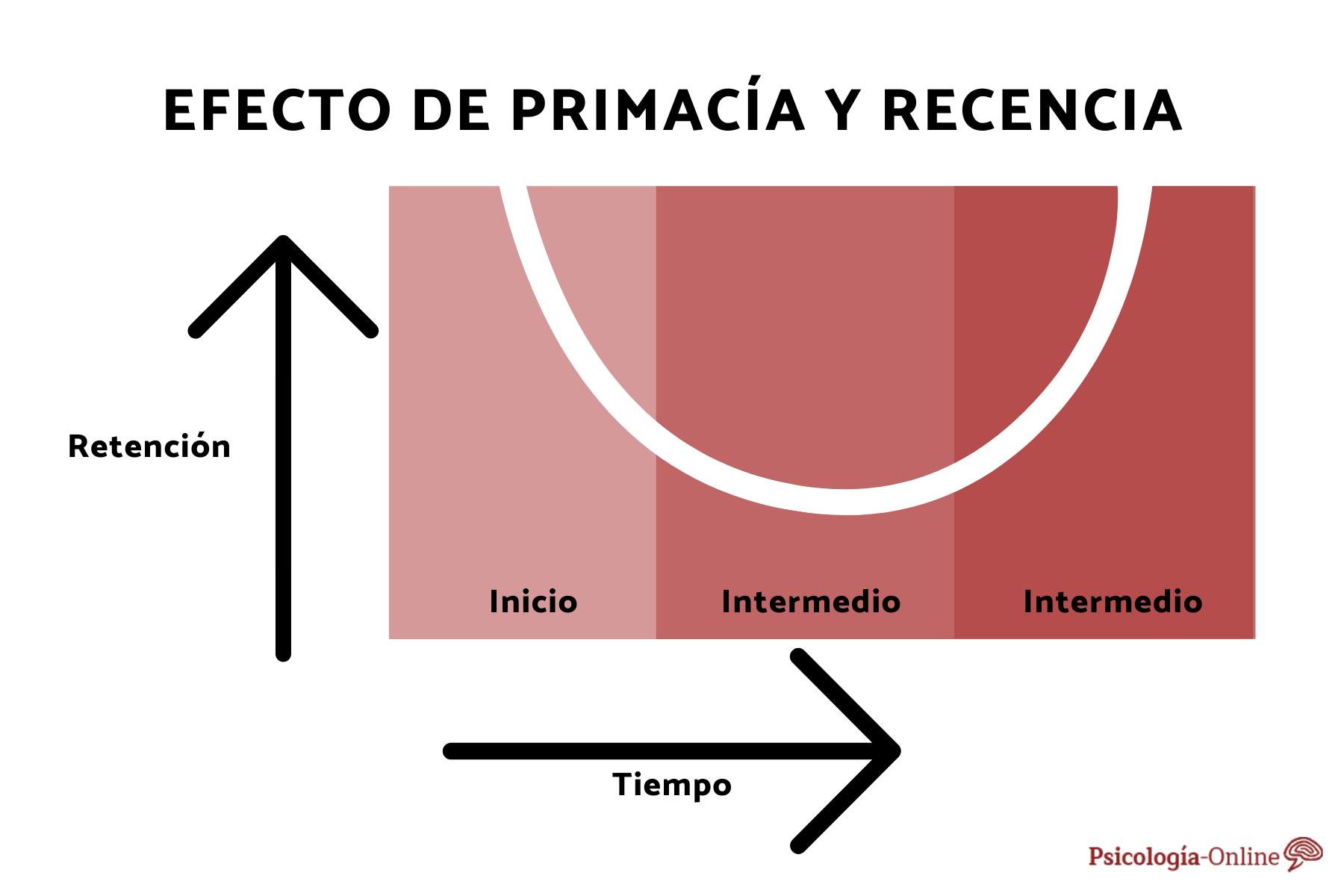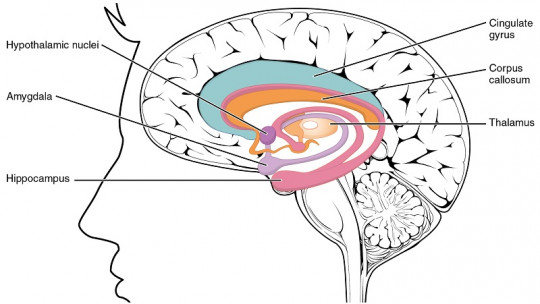In this article we are going to learn why we forget certain concepts or memories according to the associative interference theory of Jenkins and Dallenbach
This theory arises at a time when the phenomena of forgetting are beginning to be studied, that is, it is a theory of forgetting and human memory.
Have you ever had many things explained to you in one day, and at the end of it, you no longer remembered some of them? Or had you simply mixed up the stories? Let’s find out in detail why this happens.
The Ebbinghaus Forgetting Curve
The first researcher to study forgetting as a psychological process in memory paradigms was the German Hermann Ebbinghaus, who carried out his work on forgetting and the learning of meaningless syllables
Ebbinghaus began by studying his own memory. He created 2,300 meaningless syllables (to avoid association between syllables), grouped them into lists, and recorded how many he could remember.
One of their conclusions was that people we forget very quickly during the first hour after learning but that the forgetting curve (forgetting rate) smoothes out as time passes.
Ebbinghaus, with his studies, already anticipated the associative theory of interference to explain forgetting, in addition to two others:
Origin of the study of interference
John A. Bergström, in 1892, was the one who carried out the first study on interference He did an experiment where he asked subjects to sort two decks of cards with words into two piles. He observed that when the location of the second row was changed, sorting was slower. This fact demonstrated that the first set of classification rules interfered with the learning of the new set.
After Bergström, in 1900, Georg Müller and Pilzecker, German psychologists, continued studying retroactive interference. Müller was the one who used the term inhibition as a general term to refer to retroactive and proactive inhibition
Finally, Jenkins and Dallenbach proposed the associative theory of interference to explain forgetting; We will see it next.
Associative theory of interference: experimental study
The associative theory of interference proposes that forgetting is a matter of interference, inhibition, or destruction of old material by new (although the reverse also happens, as we will see later).
Jenkins and Dallenbach carried out an experimental study where a group of subjects had to learn a list of CVC-type words (consonant, vowel, consonant). Subsequently, recall was evaluated at “X” hours of sleep or wakefulness (from 1 hour to 8).
The results showed how the “awake” group (more exposed to stimuli that could cause interference) remembered significantly less than the “asleep” group. Thus, the authors attributed these differences to the interference that the stimuli could have caused in the awake condition.
Types of interference
The associative theory of interference proposes that memories encoded in long-term memory are forgotten and cannot be retrieved effectively in short-term memory, since the “memories” or memories interfere or hinder each other.
So, It is considered that in learning processes, forgetting occurs due to the interference of certain memories on others There are two types of interference:
Proactive interference
Also called proactive inhibition appears when the learned information (“old” information) makes it difficult to retain or learn new information.
According to Underwood (1957), in this type of interference, forgetting will be a function of the number of experiments in which the subject participates; That is, the greater the number of experiments, the greater the forgetting.
This type of interference would explain, for example, why polyglot people (who speak several languages), when learning a new language, have difficulties retaining the words of the new language. This frequently occurs because words already learned from other languages interfere with speech (“float”).
Retroactive inference
This is the opposite phenomenon, when new information makes it difficult to retain or learn previously learned information (“old” information).
According to some authors, greater retroactive interference will occur when the similarity between the interfering material and the learned material is greater.
For example, consider a student who learns a list of English words for an exam. The next day, she studies a list of German words. It is likely that when he wants to remember the list of words in English she will have problems doing so, because the last words studied (in German) make it difficult to study the first ones, they interfere.
Limitations of the theory
The Associative Theory of Interference only emphasizes the effects of interference in declarative or explanatory memory, and not so much in implicit memory
On the other hand, the theory explains why forgetting occurs, but it does not describe or explain the evolution of the forgetting rate.
Theory extension
Other authors, Underwood and Postman (1960), suggested an extensive hypothesis of the associative theory of interference, which went beyond the laboratory. They called it the extra-experimental interference hypothesis and in it they proposed that forgetting could occur as a result of the interference of the subject’s language habits.
However, the data found showed that the forgetting rate did not appear to have any relationship with the frequency of the words, or in the case of nonsense syllables, with the frequency of the constituent letter pairs in the English language.











